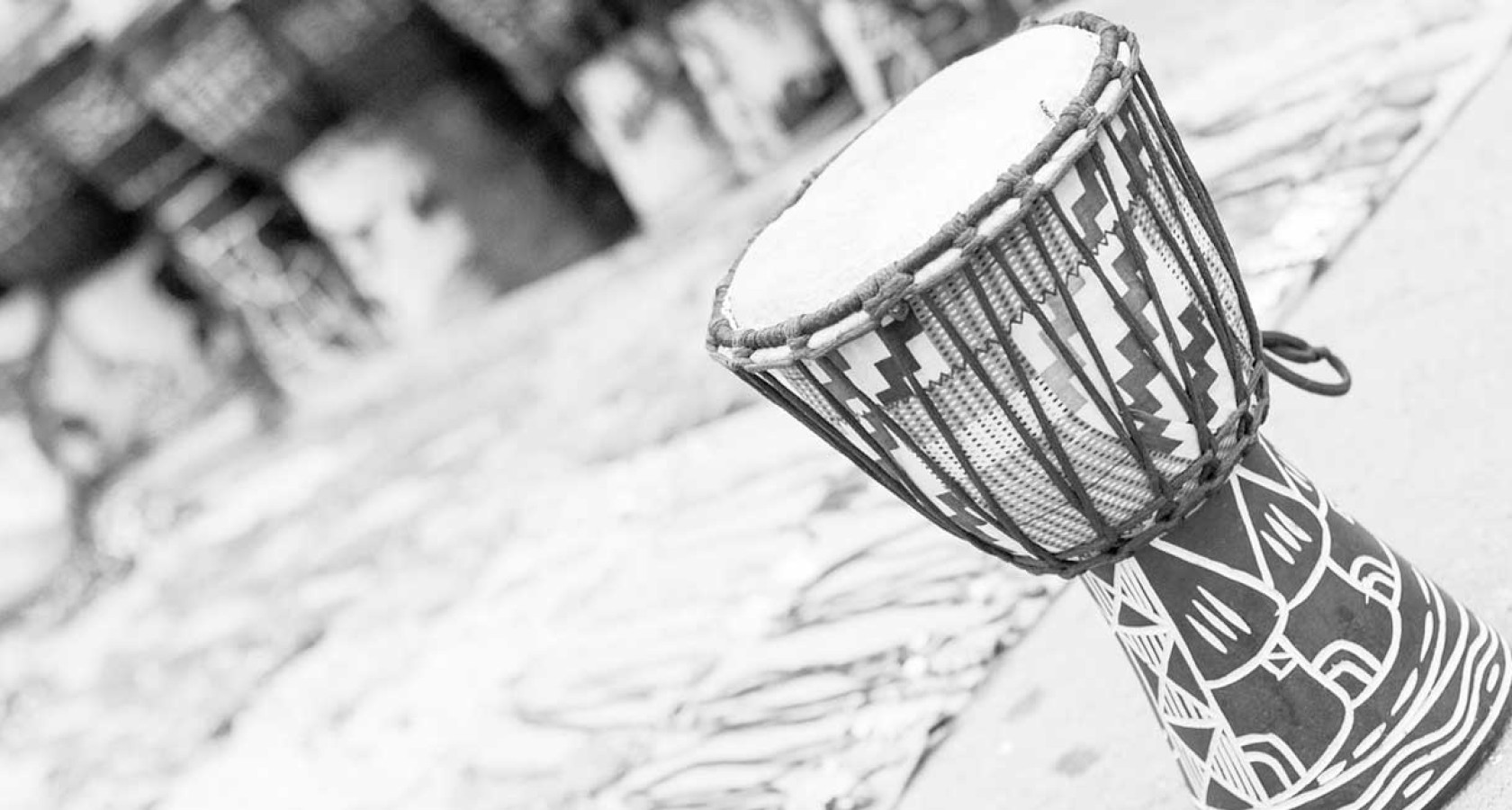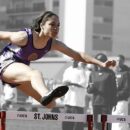This corporate “Mugiithi” dance is out of date
If you attend a corporate retreat in Kenya, you just know what you’re going to do during the outdoor dinner, don’t you?
After sufficient alcohol has been imbibed and inhibitions have been sufficiently loosened, you will undoubtedly do a “Mugiithi” dance. This is where you form a human train with the leader at the front, and jiggle and weave your way round a fire, through the bushes and back again.
A witty reader wrote in recently and told me the “Mugiithi” dance doesn’t end with dinner. During the actual strategic deliberations in the conference hall the next day, the same dance will be repeated. Metaphorically, that is.
After I stopped laughing at this, I reflected on the matter. And it is indeed true: in way too many corporations here and elsewhere, there is a “Jogoo” or a “Mwenyewe” who rules the roost with an iron fist, calls every shot, and scripts every strategy. It’s his way or the highway, and only the meek and the compliant survive in his reign.
Now, it must be admitted that things are not quite as bad as they used to be. In the Nyayo Nineties, many company heads took on the persona of the leader of the land. They brooked no dissent, and their word was law. I had to sit through many a corporate “Mugiithi” dance, and watched many blunders being effected, simply because everyone was too scared to question the leader. Unsurprisingly, many of our leading organizations foundered, along with the economy of the nation.
Many have seen the light since, and no longer seek the big-dog leader. They understand that in today’s complex, unpredictable, disruptive environment, having all the power to make decisions vested in a single individual is very dangerous. These days, no one person can know it all, make every call, watch every corner, anticipate every new force.
Modern leadership is about the power of the team, the wisdom of the crowd, the harnessing of the collective. This is not a lesser form of leading; it is merely the model that suits the context. It is not weakness to lead from the back from time to time: it is in fact the model perfected by Nelson Mandela. Many of history’s most renowned leaders were indeed larger-than-life characters who had it all their way. But there are just as many who held the reins more loosely and allowed others space to think, contribute, participate and grow.
So what is it like in your organization? Does everything stop and wait for the arrival of the great leader? Can no decision be taken unless the boss has said so? Are the perks of high office all concentrated on the corner office? Does the big man have the air of infallible invincibility?
If so, get worried. The times are too unpredictable and the directions from which disruption will come are too many. Customers are younger, more savvy and more connected. Technology renders hit products redundant in months, not years. Competition comes from left field. This is a time for dissipation of power, not its concentration.
Most of our ministries and our state corporations, and a chunk of our listed companies and our family-owned firms are still run under the big-man model. And look out, they are coming unstuck by the day. They lack the collective intelligence needed to stay ahead of the pack and stay connected with an ever-changing customer.
Don’t misunderstand: to lead through others is not to fail to lead. It is an act of wisdom, not abdication. Leadership is mistakenly seen by some as the loud person shouting orders at the front, when it is actually the coach coaxing and cajoling the entire team at the side. It requires just as much strength of character and steeliness of spine to NOT impose your view on everything.

Buy Sunny Bindra's book
UP & AHEAD
here »















